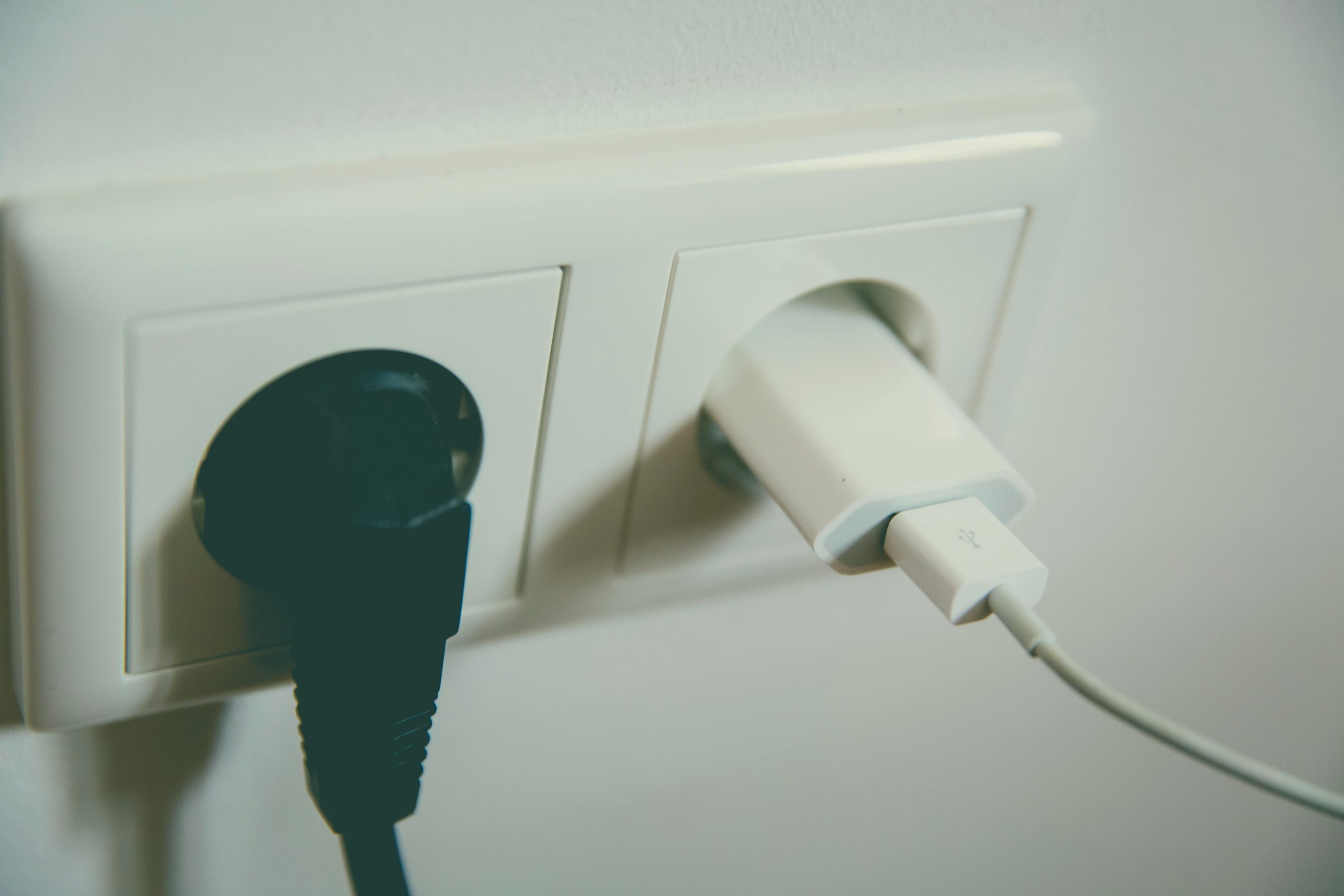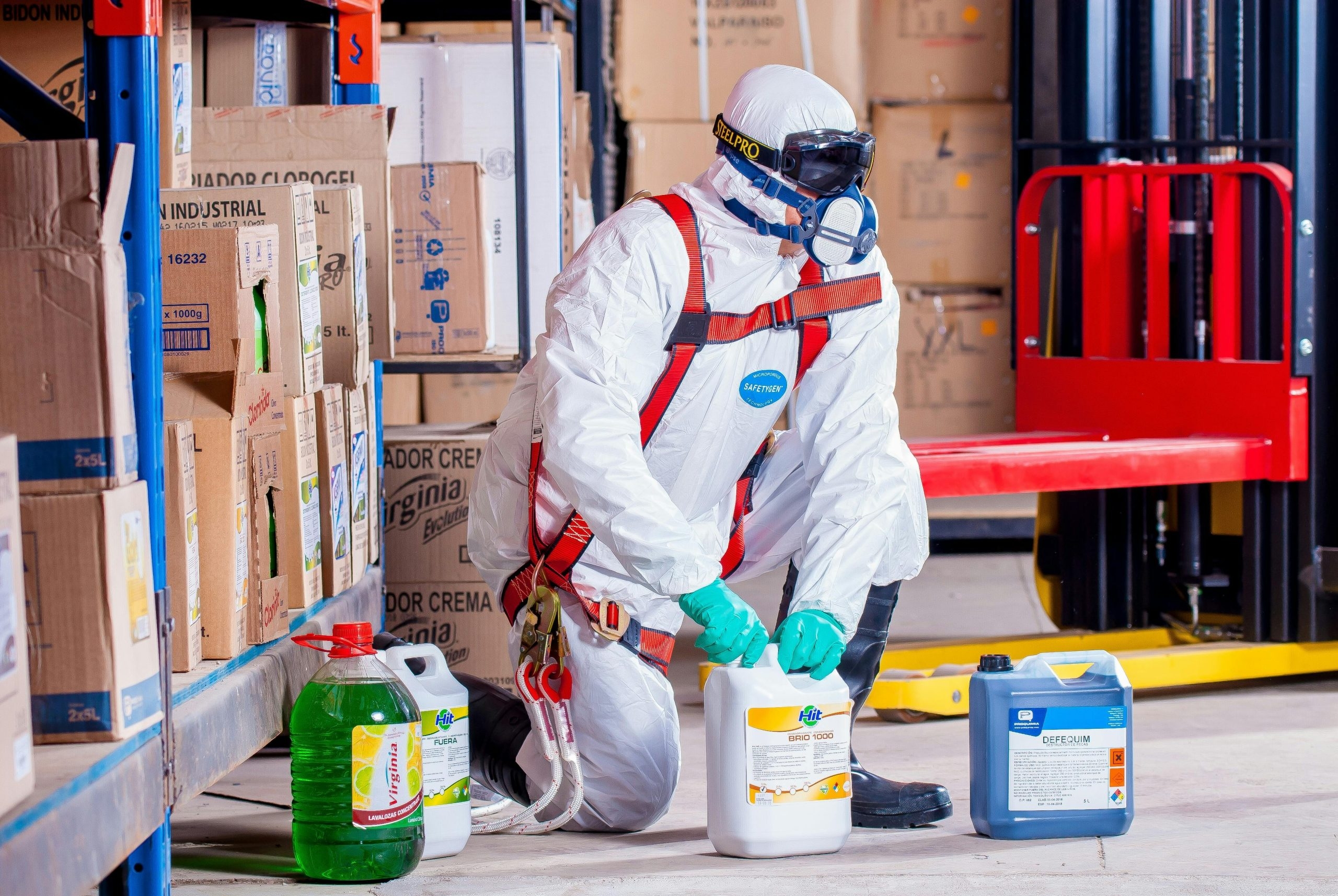Background Information
Many businesses throughout the UK use cellars for storing stock , i.e., food or drink and also equipment and machinery to support this . Cellars are normally rooms below the ground level and can be completely underground. A cellar typically maintains a consistent temperature and level of humidity, providing an ideal temperature for storing beverage stock such as wine, liquor, beer and ales and utilising space within in an over congested premises.
A key factor that we are seeing becoming more and frequent throughout UK.
Many businesses will utilise their cellars to store their stock especially beer . Cellars are a great way of controlling the temperature and humidity levels that your stock is stored in, helping businesses to monitor the movement of stock, and protecting the stock from potential theft i.e., only authorised access. and secured areas.
On many occasions an efficient cellar cooling system, which can help to keep their products fresh, can be installed to support temperature management this must be maintained as per manufacturers guidelines.
Cellars usually maintain a temperature of 0-7° Celsius and 80-90% humidity. This slows the release of ethylene gas and the growth of microorganisms that can result in decomposition, resulting in a longer shelf life.
Always ensure that your fire assessor has access to capture this area when he completes your fire risk assessment.
Regulations to Consider
The Food Safety (General Food Hygiene) Regulations 1995 covers both food and also beverages such as beer and wine. Under the regulations, a cellar must have the same hygiene standards that are expected in a kitchen.
This may include the following areas of thought:
- Managing cellar hygiene.
- Thoroughly cleaning and maintaining drink dispense systems.
- Ensuring the structure of the cellar is in good order and condition.
- The correct cellar temperature should be always maintained.
- Suitable lighting should be present.
- Suitable and sufficient ventilation should be present.
- Access to the cellar should be free from obstruction.
- Ensuring that electrical equipment is operated safely.
- Thoroughly cleaning all spillages.
- Perishable food should not be stored or prepared in a cellar.
- Sumps should be cleaned regularly.
The Management of Health and Safety at Work Regulations (1999) requires employers to control health and safety risks relating to a cellar. Some ways an employer can do this include having a health and safety policy, conducting risk assessments, ensuring a safe system of work is in place implementing any actions or control measures from the risk assessments, and ensuring that all employees are aware of and are trained in how to deal with risks. Your consultant from wirehouse can support you in these areas potentially.
On this occasion, please consider the following areas for your cellar area:
- Falling from height.
- Hazards relating to CO₂ and other gases.
- Biological hazards, such as animal droppings, insects and mould.
- Poor ventilation.
- Electrical hazards that have a risk of electrocution or electric shock.
- Manual handling risks, such as lifting, carrying, pushing, or lowering a load.
- Trip and slip hazards.
- Falling objects.
- Areas of poor visibility.
Control of Substances Hazardous to Health (COSHH) Regulations. This regulation requires employers to control any substances and materials which could be hazardous to health.
Please remember the following key areas:
- You must Identify any substances or materials which could be hazardous.
- Conduct a suitable and sufficient COSHH assessment
- Implement control measures to reduce or eliminate the risks.
- Ensure that all relevant persons are informed of this assessment and acknowledge it at least every 12 months.
- Provide relevant information, training and guidance to employees.
- Monitor control measures and conduct regular Audits / reviews.
- Create a plan for any emergency situations and practice it always document record and learn.
Identify Who Would Manage the Cellar and Authorisation?
A business should choose and authorise an existing manager or supervisor to oversee cellar management This person may also train other employees who can assist in managing the cellar.
However, the cellar manager, supervisor or authorised person will usually always be present when the cellar door is open, or another employee is accessing the cellar. At all other times, the cellar will remain locked to ensure that access is limited to authorised persons, and the cellar, and any stock within the cellar, is never left unattended.
Knowledge, Skills, and Competence
Training must be recorded consider always ensure that the training matrix has been updated to reflect compliance in these key areas.
Please consider these key areas going forward:
Health and safety general training and specific key hazards - This includes:
- Working at height.
- Access to the cellar hatch area should be restricted when in use.
- Hatch only opened when bar closed to the public and all employees in the premises have been advised hatch is open.
- Sufficient lighting on cellar steps and in cellar handrails leading to cellar kept in good condition.
- Manual handling training, consider deliveries at back of premises as close to cellar as possible eliminate lifting for expectant mothers and other potential hazards.
- Do not forget CO₂ detection and leakage procedures.
- Connected cylinders are kept upright and secured with a chain, gas cylinders only transported in ventilated vehicles.
- Provide suitable low headroom warning notices, insulation, padding etc., and, where necessary, draw attention to low beams, light fittings, or fluorescent tubes in the cellar.
Risk assessment - The cellar manager, supervisor should be able to conduct risk assessments and implement any actions control measures relating to cellar management. This may include moving the stock, cleaning equipment, and handling potential spillages.
- Ensure all hazards are either eliminated or reduced to the lowest possible level.
- You will also need to review and update risk assessments regularly at least every 12 months.
Control of Substances Hazardous to Health (COSHH) - To protect employees from illness and injury when working with substances and materials which could be hazardous.
Proper cleaning and maintenance are essential for the health and safety of employees, Customers, Consumers. The cellar manager, supervisor must:
- Be able to create cleaning and maintenance schedules and procedures and ensure these are being always followed. Usually, it is recommended that your cellar has a thorough clean once a week. This includes cleaning walls, ceilings, floors and drains.
Importance of Keeping records - To provide evidence to an Environmental Health Officer (EHO) or HSE Officer, Local Authority to show that you have clear records of all cleaning and hygiene
If you need advice on health and safety surrounding working in cellars and beer line cleaning call 033 33 215 005 or email websiteenquiries@wirehouse-es.com






